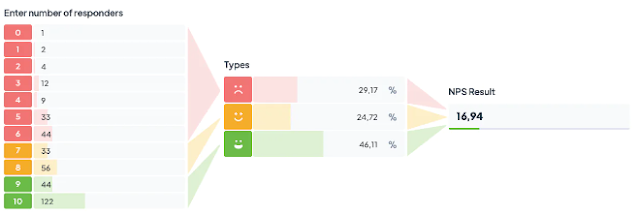Article by: Iamshaaani Strategic Business Analyst & Business Intelligence.
12 customer success metrics 'KPI' and how to measure customer success.
12 Key customer success metrics and how to measure them.
If you are ignoring customer success metrics, then consider yourself navigating a ship without a compass. Customer Success KPIs provide you a sense of how well your connections with customers are doing and present you with a path forward for bettering your products and services.
Global market size of customer success platforms is forecasted to rise approx. 20%, reaching $3.5 billion till 2027.
Let categories into 2 groups.
1. KPIs to measure customer success, support, and engagement
2. KPIs to measure business health and revenue
Key performance indicators (KPIs) for customer success are quantitative/numerical representations of how well a customer has adopted, used, and recommended your product to other potential customers. Customer metrics show how well your customer contact and support channels are working, as well as how well your customer success team is performing.
They can offer insightful information on important topics like customer journey, support quality, and satisfaction and etc. Measuring the clients' success also helps you stay on track and enhances your products and services.
Let's now examine the customer success KPIs pertaining to Customer Success, Support, and Engagement in more detail.
When measuring customer satisfaction, the long-debated question comes down to CSAT, there are other KPIs too but today we will discuss the only CSAT 'Customer Satisfaction'?
1. Customer Satisfaction (CSAT):
customer satisfaction score measures Customers' level of satisfaction with your brand, products, and services. CSAT is the most accurate and straightforward performance metrics for a business that can be used to measure the specific interaction of customers.
High CSAT score presupposes high customer loyalty and more customer acquisition.
Why is CSAT score important.
CSAT is one of the most important customer success indicators that firms should monitor since it has been demonstrated to have a direct impact on revenue growth. It usually comprises two components: your support and your product.
A study revealed that approx. 83% of buyers consider good customer services when they purchase product or services and approx. more than 65% that experience poor customer services do not buy again from them.
CSAT score will help you identify your weaknesses and opportunities 'SWOT' improve your business processes.
How to calculate customer satisfaction score
To calculate your CSAT score, we have to create a survey customer to ask how satisfied they are with our products or services. Ask customers to answer the questions on a scale of 1 to 5 (1 very unsatisfied and 5 very satisfied).
Once data collected from customers, take the number of customers that rated you 4 or 5 and divide that by the total number of responses.
Customer success metrics: Customer satisfaction score formula
American Customer Satisfaction Index (ACSI) show that a good CSAT score varies between 73% and 77%. So, when tracking metric, ensure your score is in this range.
2. Net Promoter Score (NPS)
Importance of NPS in Customer Satisfaction
3. Customer Health Score
Why is Customer Health Score?
How to calculate customer health score
4. First Contact Resolution Rate
First Contact Resolution Rate 'FCR' a metric used for to collect the number of customers who issues resolved in First Interaction with the Support Team.
Why is FCR important?
As say first impression mater a lot, same way when problem resolved in first contact make a positive impact and save lot more time like follow-up from both Customer and Company side.
First Contact Resolution Rate FRC is directly proportional to the Customer Satisfaction and Retention. More the FCR rate, more will be customer satisfaction and more the customer retention.
How to calculate FCR rate
FCR rate calculated by dividing the number of cases resolved on the first contact by total number of issues handled by agents then multiply it with 100.
Let take a real time example:
In total 700 customer, and 301 issues are resolved on the first contact, then FCR rate is 40%, that is very low. Normally 75% FCR rates consider as satisfactory, and 90% FCR rates considered as high.



%20Customer%20Satisfation%20KPI.png)



Post a Comment